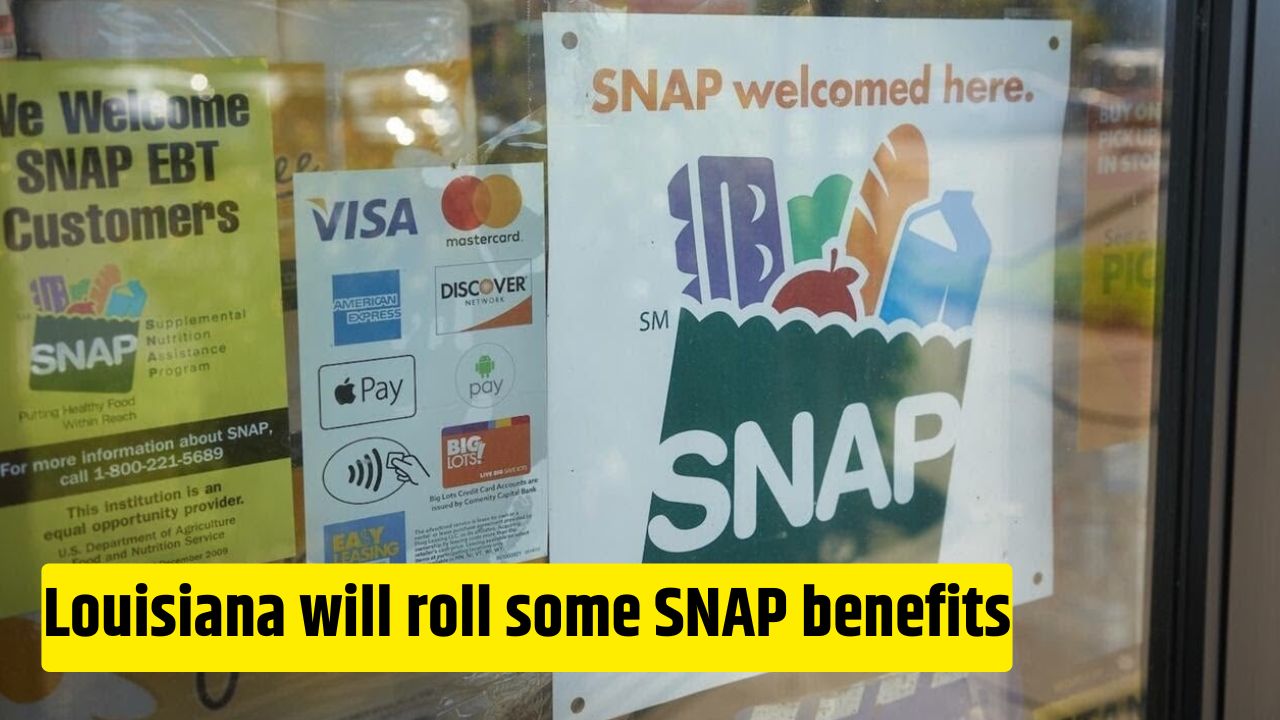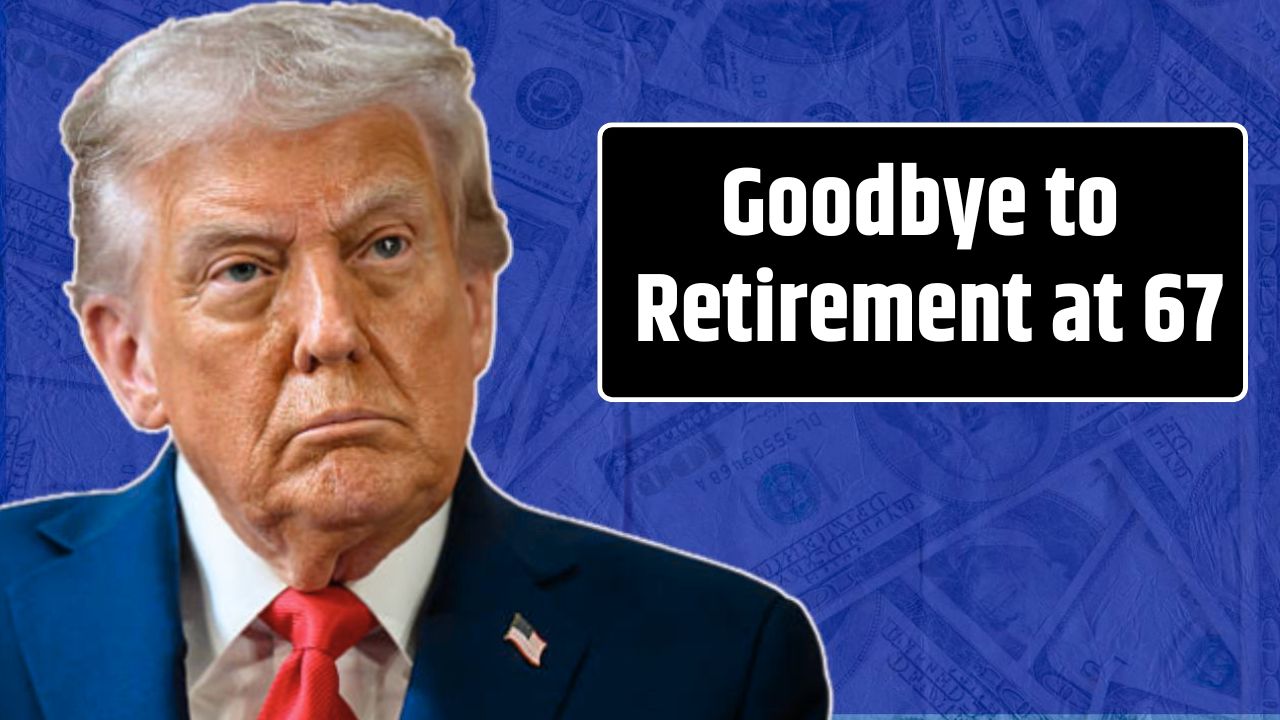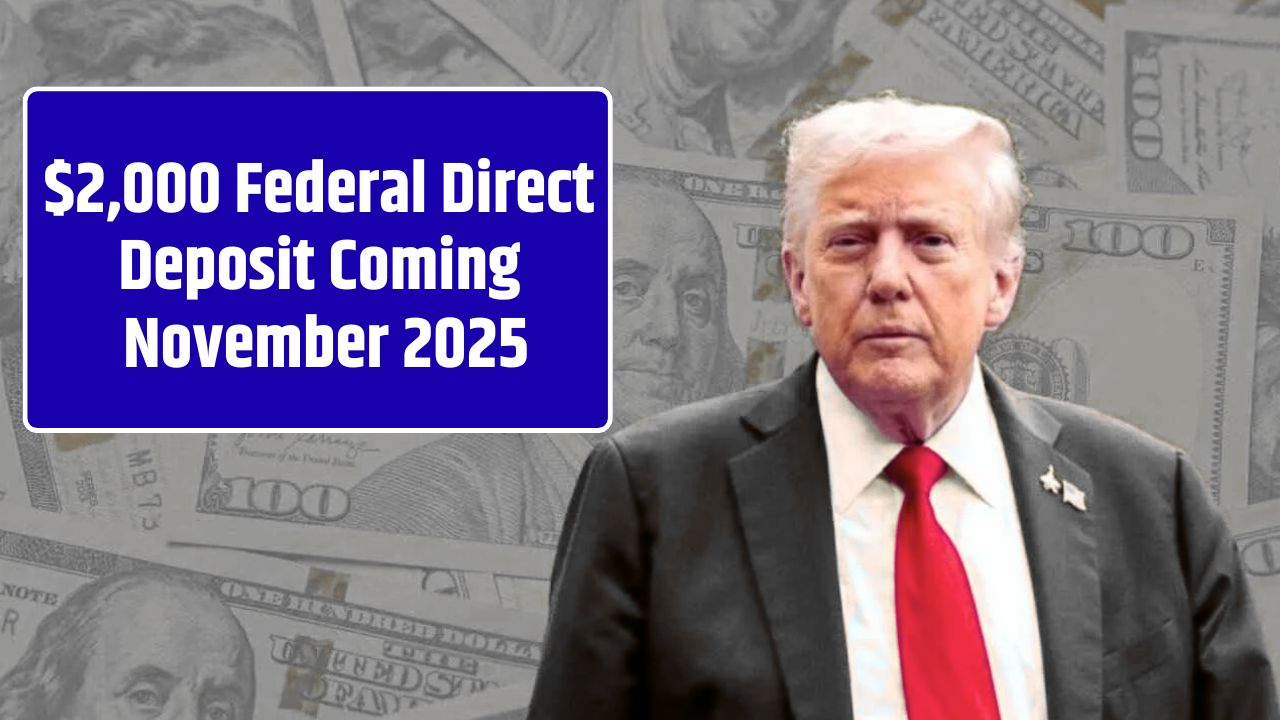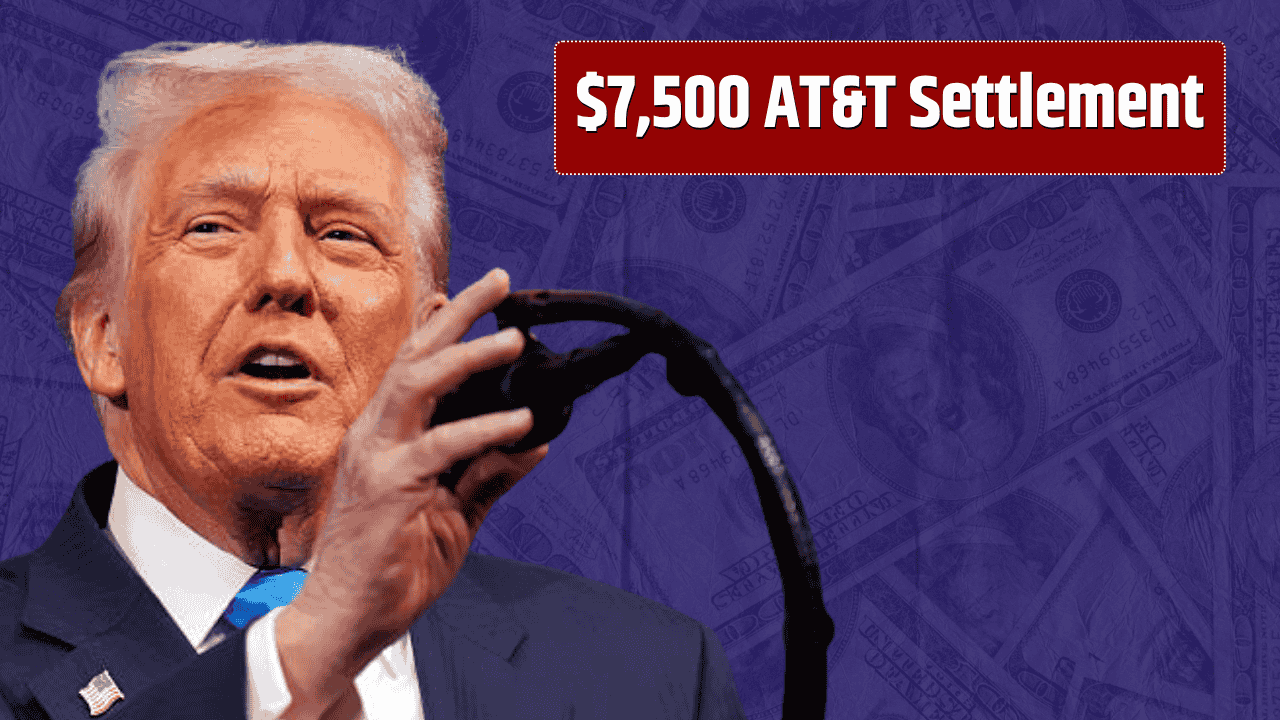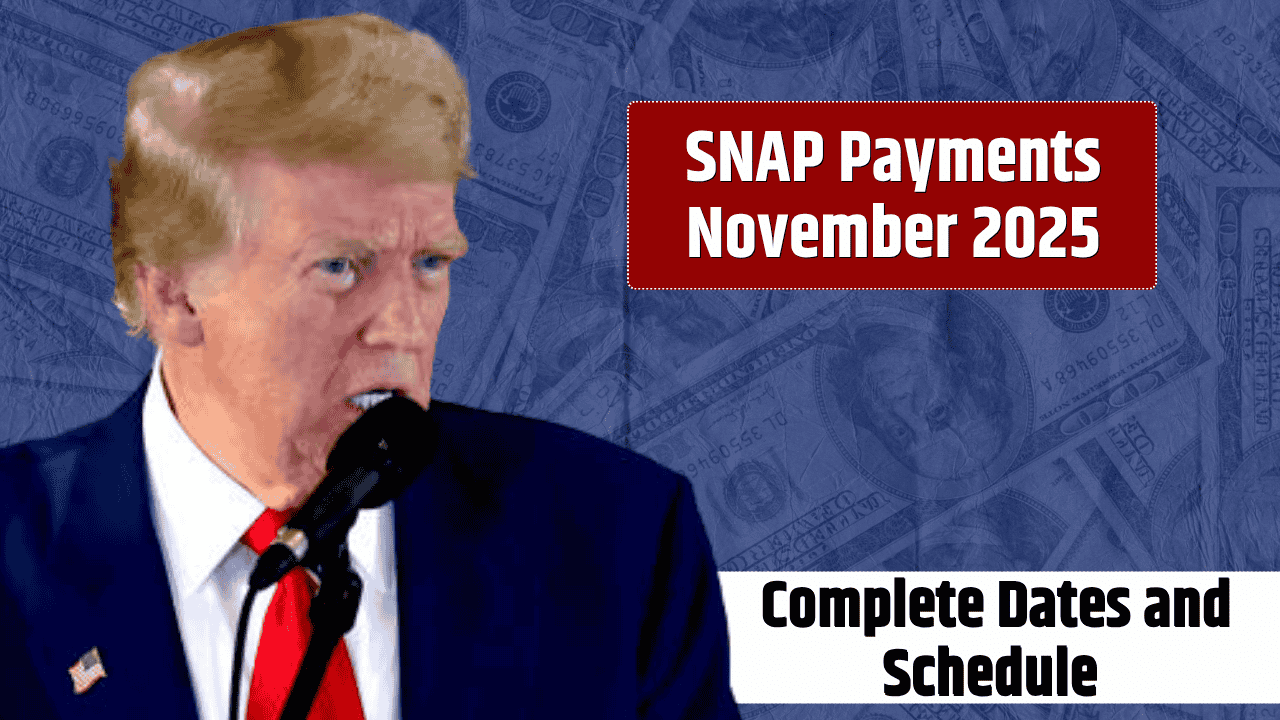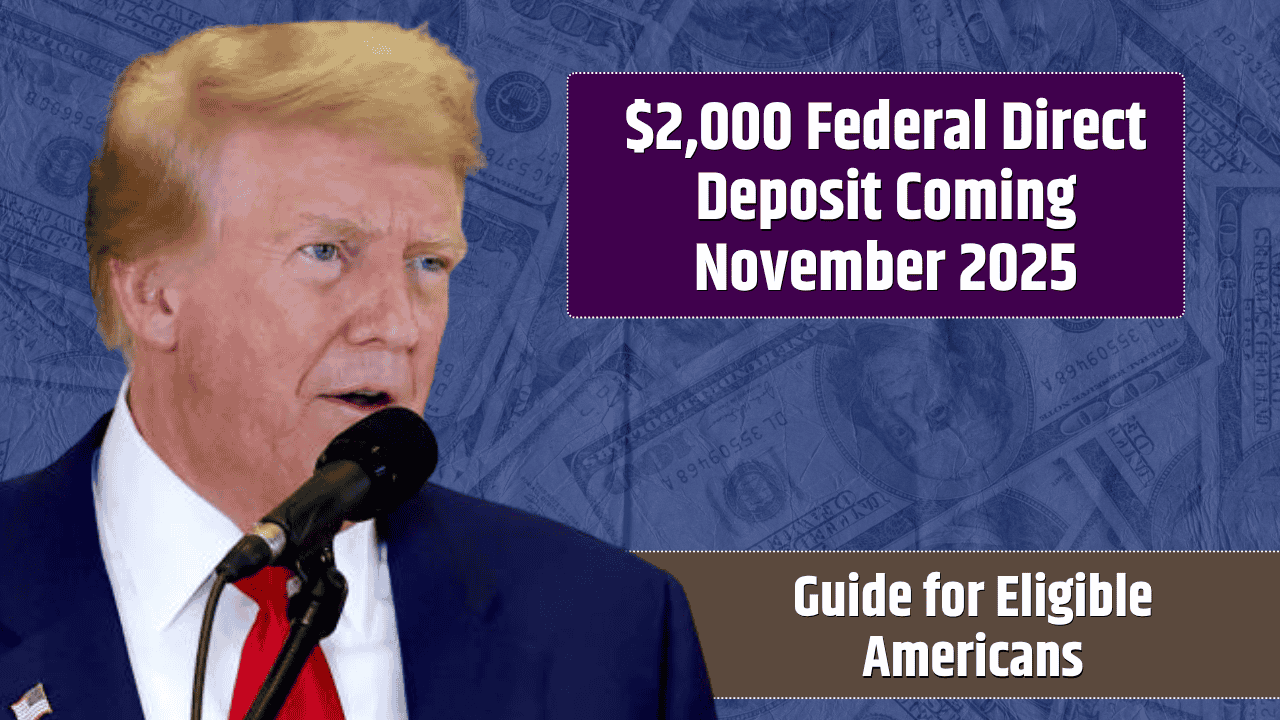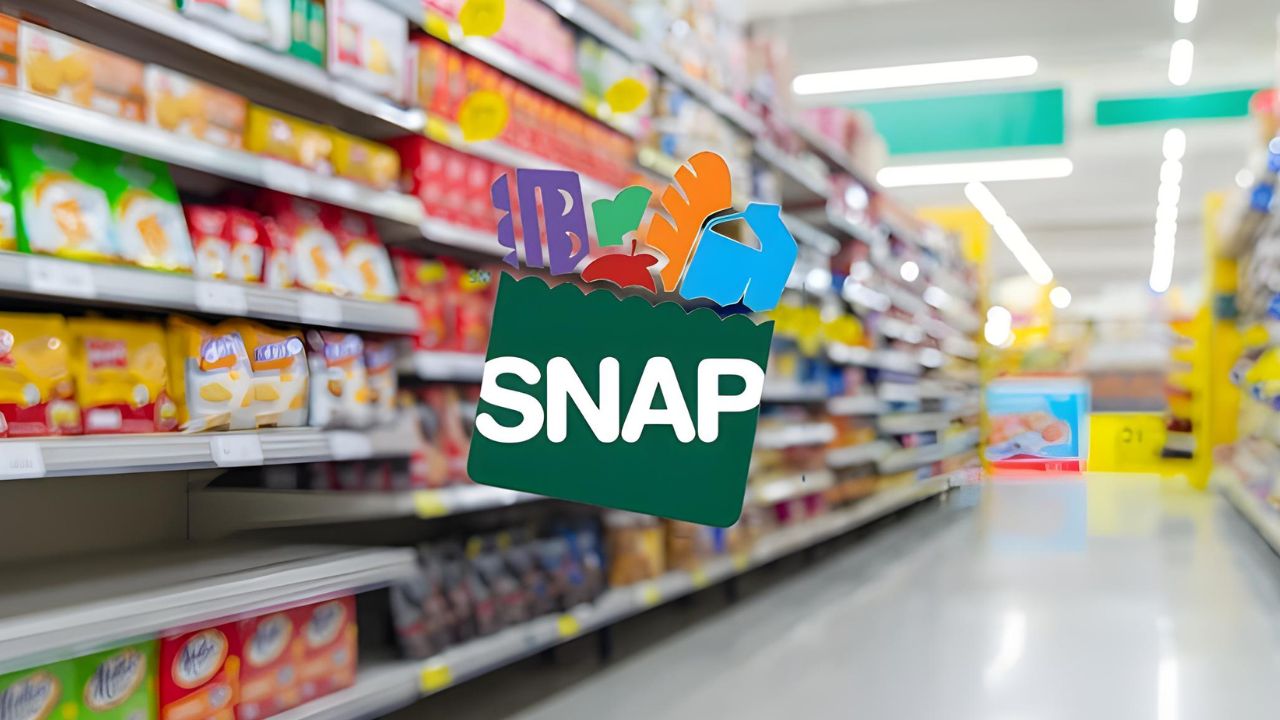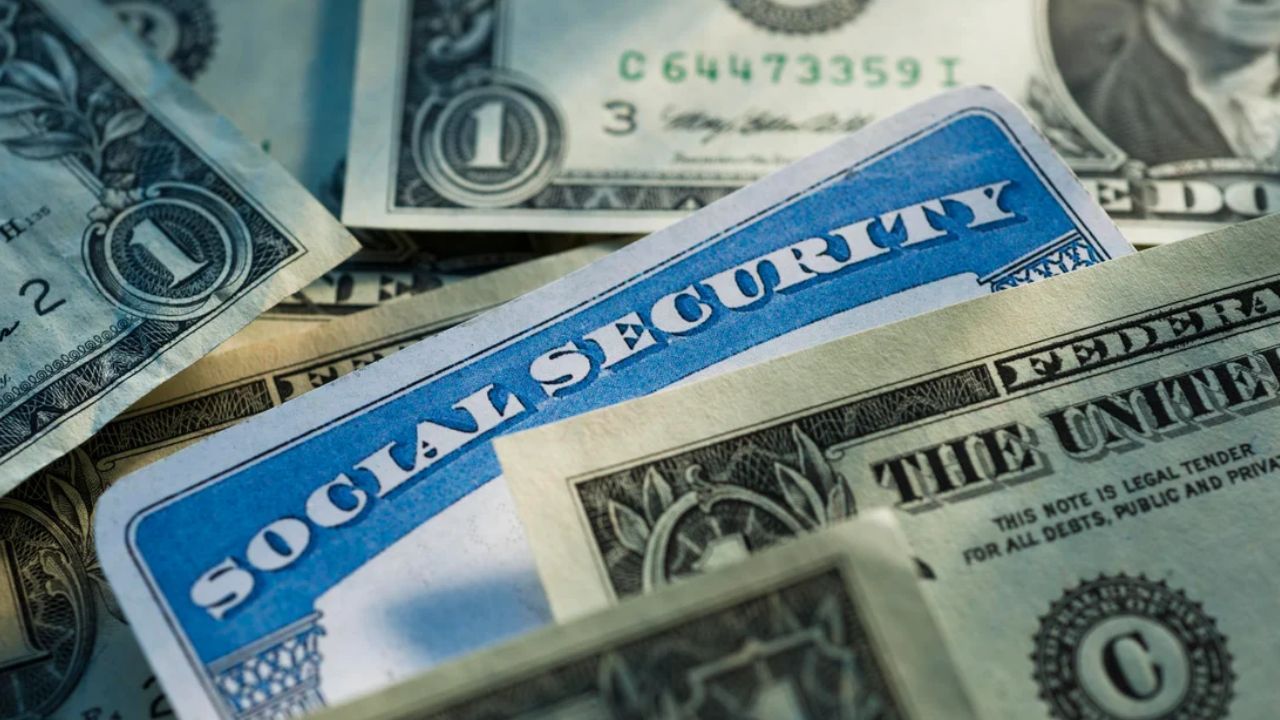Louisiana just dodged a serious crisis—at least for now. After weeks of uncertainty, Gov. Jeff Landry confirmed that Supplemental Nutrition Assistance Program (SNAP) benefits will, in fact, roll out for November. It’s a relief for thousands of families who’d been bracing for the worst after federal gridlock put funding in limbo.
Still, not everyone’s covered. Around 53,000 Louisianans, labeled as “able-bodied adults without dependents,” won’t receive benefits this month. It’s a complicated patchwork fix that keeps food on the table for many, but it also raises tough questions about priorities, funding, and fairness.
How Louisiana Managed to Fund SNAP for November
On Wednesday, Gov. Landry announced that state lawmakers had approved a temporary solution to keep SNAP running through November. The fix came during a special legislative session, where lawmakers greenlit the use of Louisiana Department of Health (LDH) funds to cover the gap—roughly $140 to $150 million.
Here’s the twist: that money will eventually be reimbursed by the federal government once normal operations resume. Senator Cameron Henry, who helped push the measure through, said the move ensures SNAP cards start loading as early as November 1.
“You have to make sure that your disabled, your elderly, and about a thousand families and individuals on this program are taken care of,” Henry said, emphasizing that the stopgap was about compassion and pragmatism—not politics.
So while Congress continues its tug-of-war in Washington, Louisiana essentially pulled a financial end-run, using state funds to prevent a humanitarian crunch.
(Official source: Louisiana Department of Children and Family Services; U.S. Department of Agriculture – SNAP Overview)
Who Gets Benefits—and Who Doesn’t
Not every SNAP user will see funds in their account this month. Gov. Landry said the rollout will happen in stages, prioritizing families with children and those most in need.
The major cutoff group? Able-Bodied Adults Without Dependents (ABAWDs)—individuals who are physically or mentally fit for work, not caring for a child under 18, and aged 18 to 54. About 53,000 people fall under this category, and they’ll receive no SNAP benefits in November.
| Category | Eligible in November | Notes |
|---|---|---|
| Families with children | Yes | Benefits will roll out throughout the month |
| Elderly/disabled individuals | Yes | Top priority group |
| Able-bodied adults without dependents (ABAWDs) | No | Approximately 53,000 affected |
| Households in mixed categories | Partial | Based on family composition and income |
Officials say those who are eligible don’t need to take any action—their benefits will automatically load onto their EBT cards in phases throughout November.
Why Louisiana Had to Step In
This whole episode stems from a federal funding impasse that threatened to disrupt food assistance programs across several states. With Washington gridlocked, Louisiana lawmakers faced an impossible choice: wait and risk letting families go hungry, or tap into state coffers to keep things running.
In the end, they chose the latter. Lawmakers passed an emergency resolution allowing LDH to temporarily loan funds to the state’s Department of Children and Family Services (DCFS)—the agency that administers SNAP.
Gov. Landry praised the bipartisan cooperation:
“We’re working through the demographics to make sure those with the greatest need are helped first. No one in this state should go hungry while we sort out funding delays.”
The workaround isn’t a long-term fix, though. It buys time—nothing more. If federal reimbursements are delayed or additional months go unfunded, Louisiana could face another fiscal scramble before the holidays.
Rising Demand at Food Banks
Even with the partial funding secured, food insecurity remains a major concern. Food banks across the state—from Baton Rouge to Shreveport—say they’re still preparing for surging demand.
With 53,000 people cut off from benefits, local nonprofits are warning of heavier traffic at donation centers. The Greater Baton Rouge Food Bank reported that calls for assistance have already increased since word of the SNAP delays spread earlier this month.
Community leaders are urging residents who can afford to help—through food or monetary donations—to do so now. The state’s Department of Agriculture has also pointed affected residents to local job programs and open employment listings, which Gov. Landry mentioned as part of a “path forward” for those temporarily excluded from SNAP aid.
What Happens Next
Gov. Landry said additional guidance will be released “within the next day or so,” clarifying how benefits will be distributed and when. Lawmakers, meanwhile, are already debating whether the state could extend the funding mechanism beyond November if Washington doesn’t act soon.
Sen. Henry noted that while this short-term patch works, it’s not sustainable long-term.
“This was the responsible thing to do now. But we can’t keep borrowing from one department to fund another every month.”
If the federal government reimburses the LDH funds as expected, Louisiana’s health budget should remain stable—but if not, the financial strain could ripple into other public programs.
FAQs:
Who will receive SNAP benefits in Louisiana in November 2025?
Families with children, elderly individuals, and people with disabilities will continue receiving benefits. Able-bodied adults without dependents will not.
Do eligible recipients need to reapply for benefits?
No. Benefits will automatically load onto existing EBT cards according to the state’s phased rollout schedule.
When will the next round of guidance be available?
Gov. Landry said more details will be shared “within the next day or so” through official channels.

